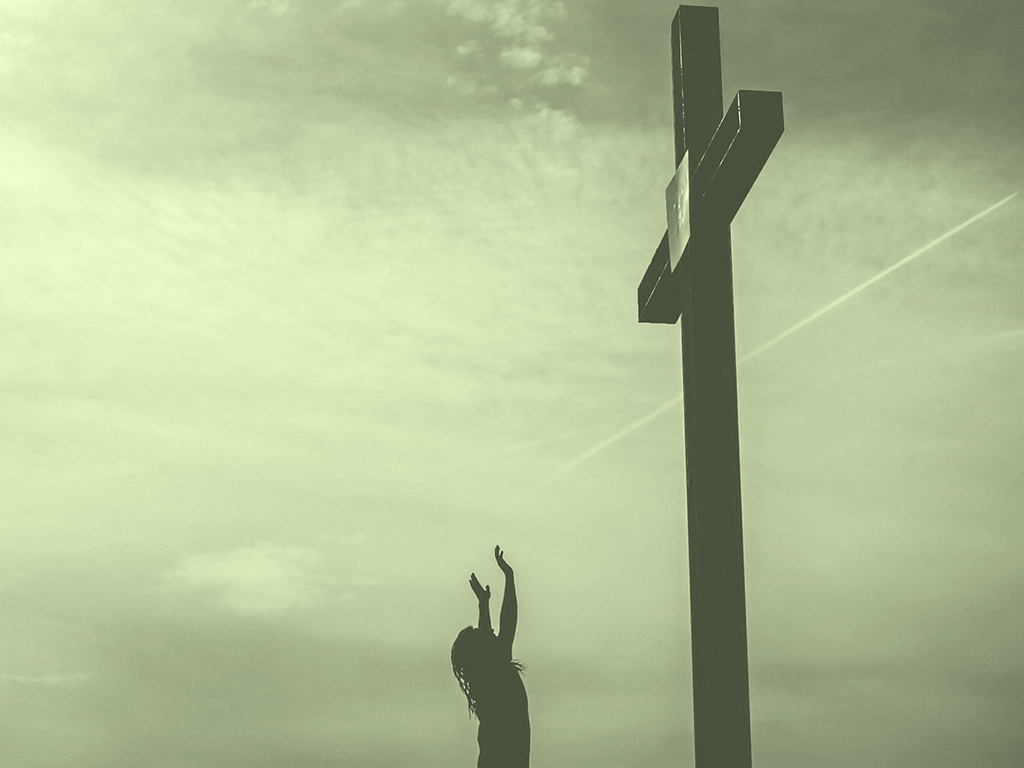The parable of the wineskins takes place during an inquiry made by the disciples of John about fasting to Jesus. This inquiry originates from a Jewish tradition of fasting. The tradition represents revering God, submitting to God, and mourning of the dead. Therefore, John’s disciples wanted to know if Christ was in fact the Son of God. If this statement was true, then should not Jesus’ actions reflect total reverence and submission to God? Jesus initially responds to the inquiry by placing fasting within the confines of their Jewish tradition of the wedding ceremony. The wedding ceremony happens after the completion of a contract between two families and the payment of the bride-price. After this occasion, usually a week long joyous celebration ensues. The celebration demonstrates the joyous occasion of the completion of a contract. It maybe surmised at this point of the Old Testament reference of God completing his contract with his people and thereby rendering a joyous occasion. Jesus re-emphasizes a cultural understanding that during such time, no one participates in a mournful fast. Therefore, he indicates that he and his disciples continually participate in a joyous celebration of him, the Son of God. This joyous celebration also indicates, Jesus being the fulfillment of the contract between God and his people. In addition, only when he departs will his disciples participate in a mournful fast.
Jesus illustrates his answer to John’s disciples’ fasting inquiry by telling them two parables. Both parables depict the theme of a new and joyful pattern of religion that is no longer compatible with the traditions of the past. In this particular case, the old tradition represents fasting. As previously stated, Jesus became the fulfillment of the old tradition and now the new and joyful pattern of religion ensues. The parable of the wineskins illustrates this point. Jesus first states that new wine in old wineskins will cause a burst. Old being defined as no longer new, worse for wear identifies the condition of the wineskins. Old wineskins no longer possess freshness and the necessary give to contain the wine. In addition, due to the materials used to create the wineskins, wine left for a period of time would impart a disagreeable flavor to the contents. Therefore, old wineskins not only were worse for wear which caused the wineskins to burst, but created a foul flavor to the wine. Thus the condition of the wineskins ruined both the skins and the wine. In its final state, the wineskins no longer posed a useful service. This final state compares to the state that Jesus rejects. He himself cannot be confined to the old tradition as this nullifies his fulfillment of God’s contract. The result of such nullification destroys God’s contract and renders it useless. In this particular case, it actually renders Christ useless as he serves as the completion of the contract. On the other hand, when new wine and new wineskins merge, the results lead to preservation. The new signifies the recently born tradition found in Christ as he completes the old tradition. In addition, as the new unfolds, it no longer remains bound to the old but ensures the value of the old. Simply, the new must fulfill the old. The outcome of the fulfillment renders nothing lost or destroyed, but rather completed. Unlike Mark and Luke, Matthew identifies the preservation of both the new wine and new wineskins. In essence, Matthew strongly urges his readers to understand the value of the new not being destroyed by old traditions.
Continue Reading: Parable of the Wineskins Pt.III


